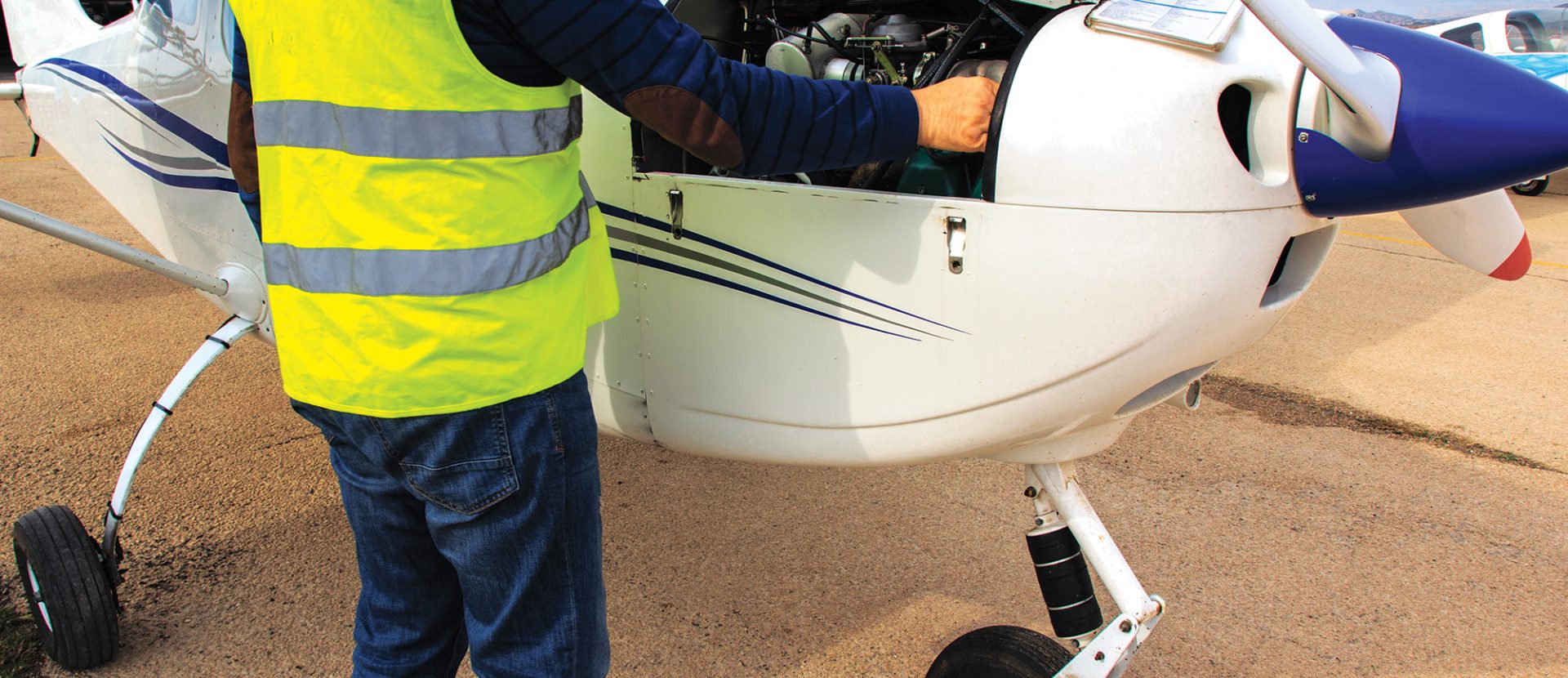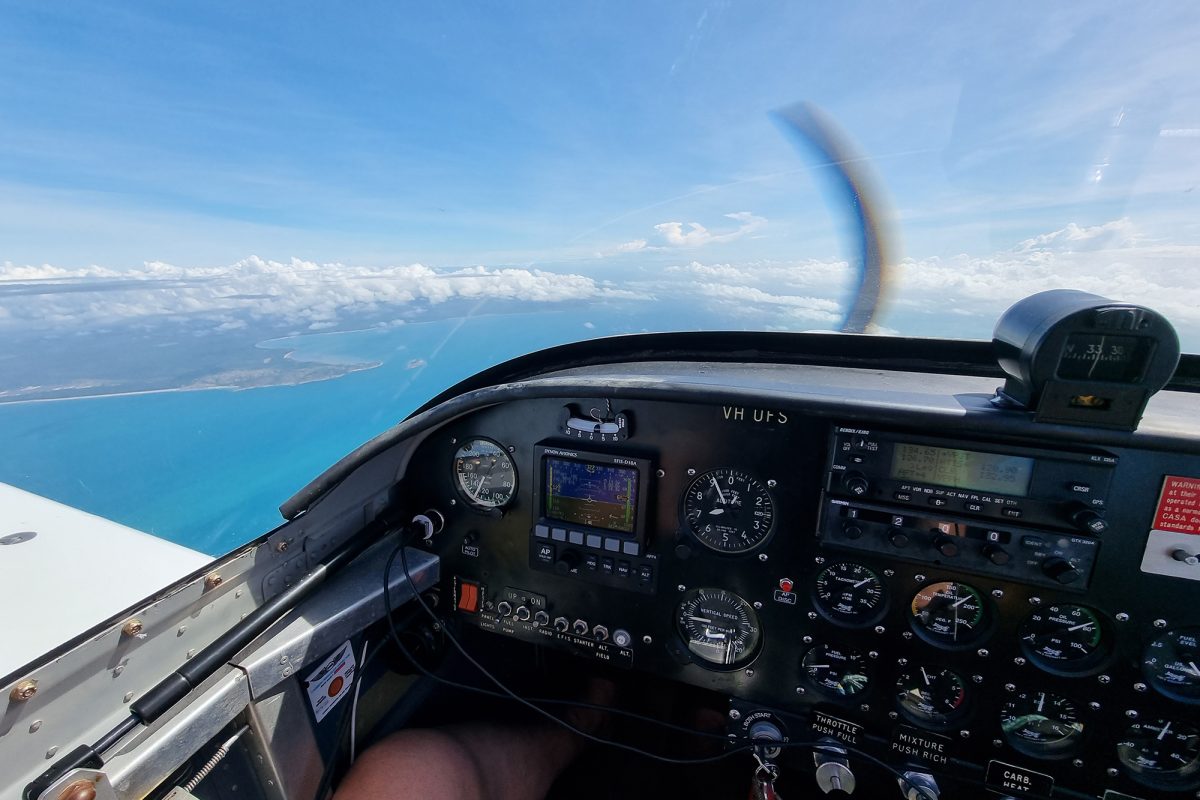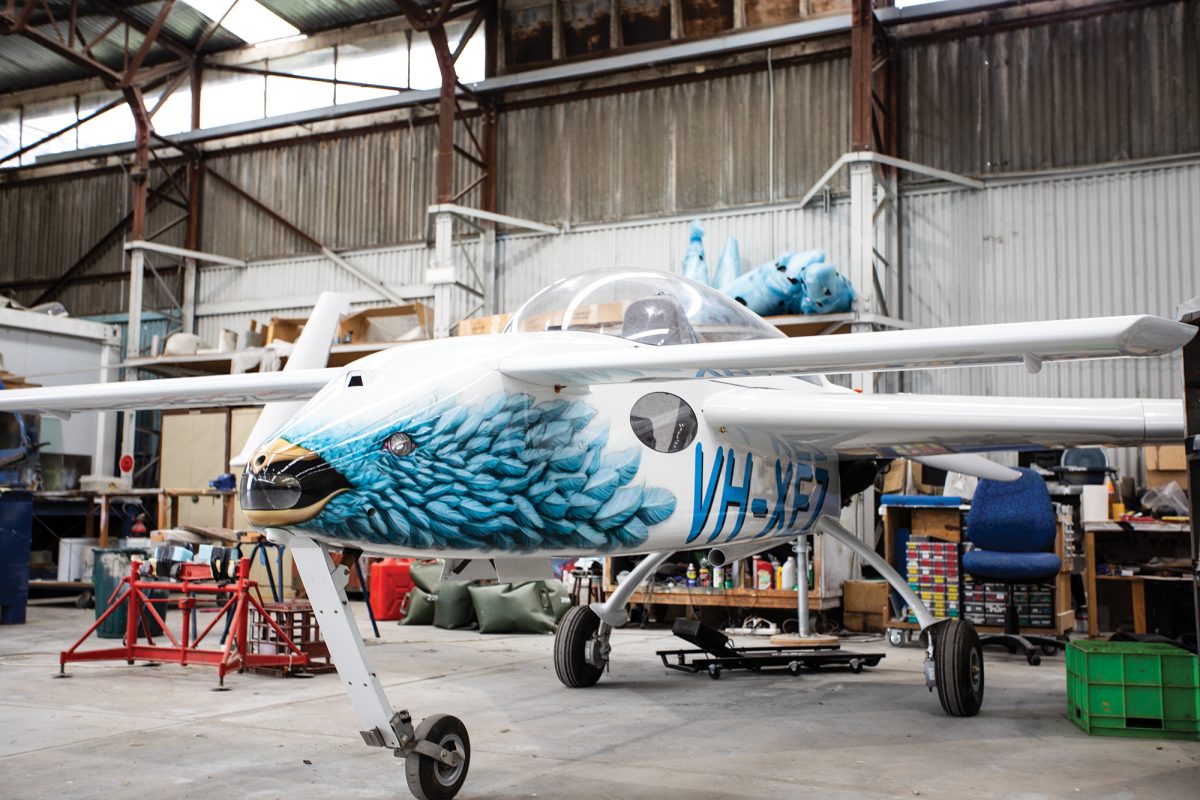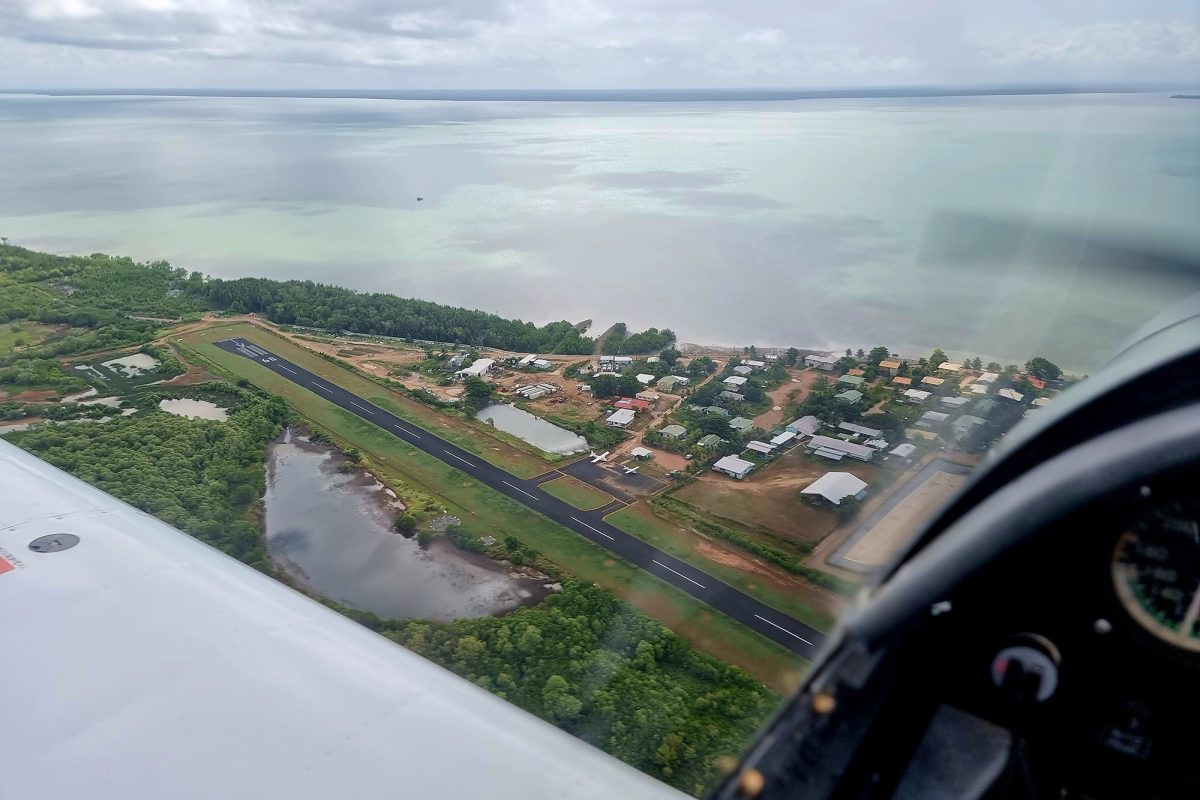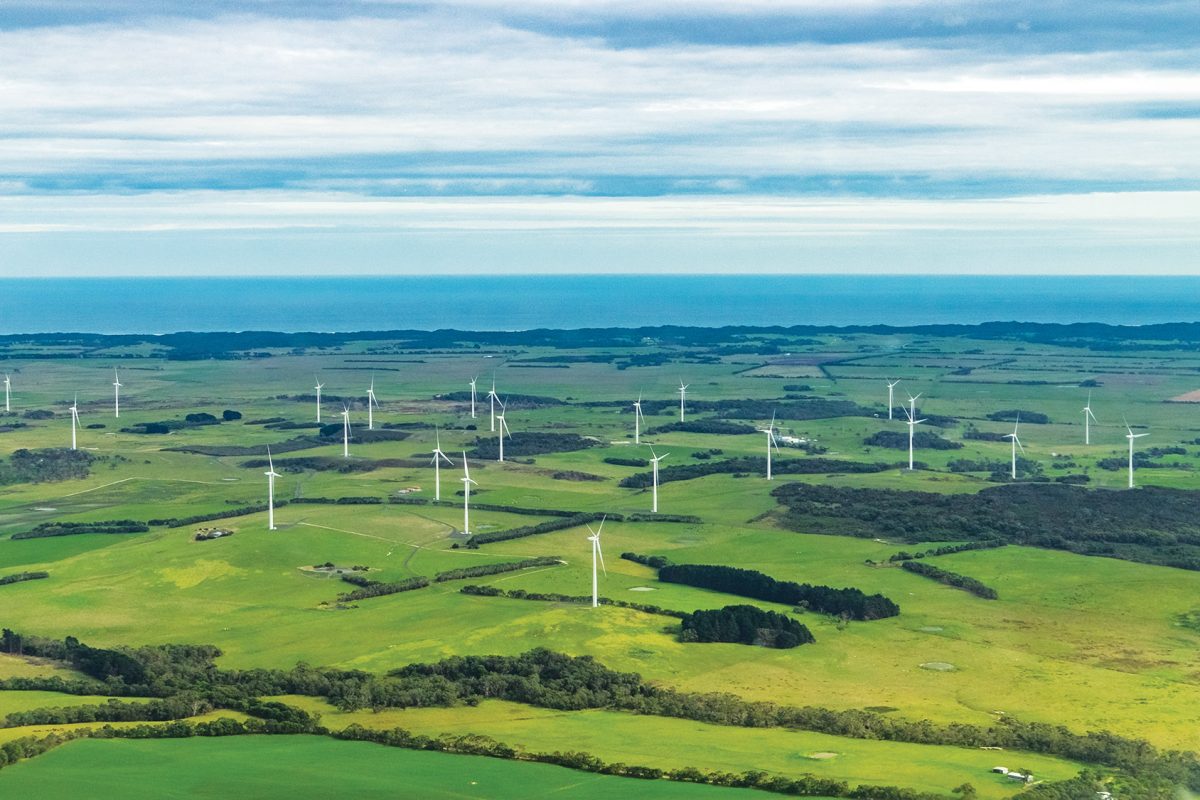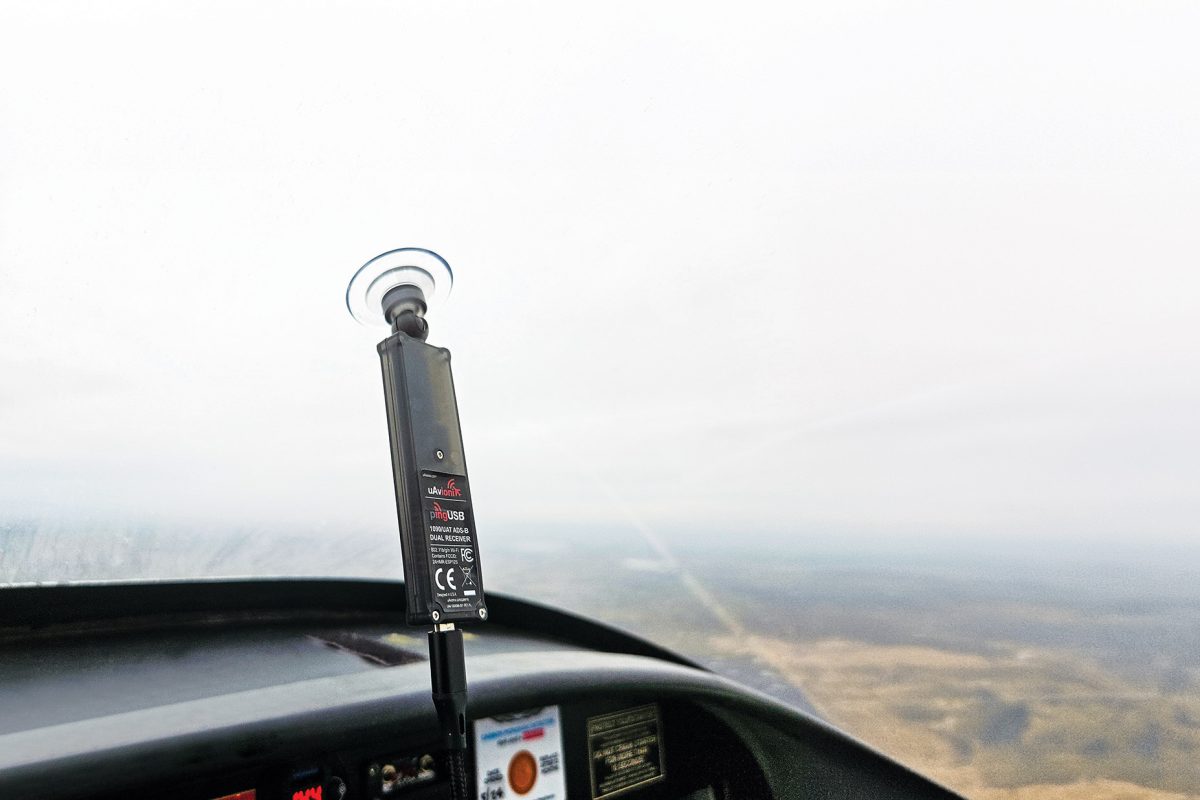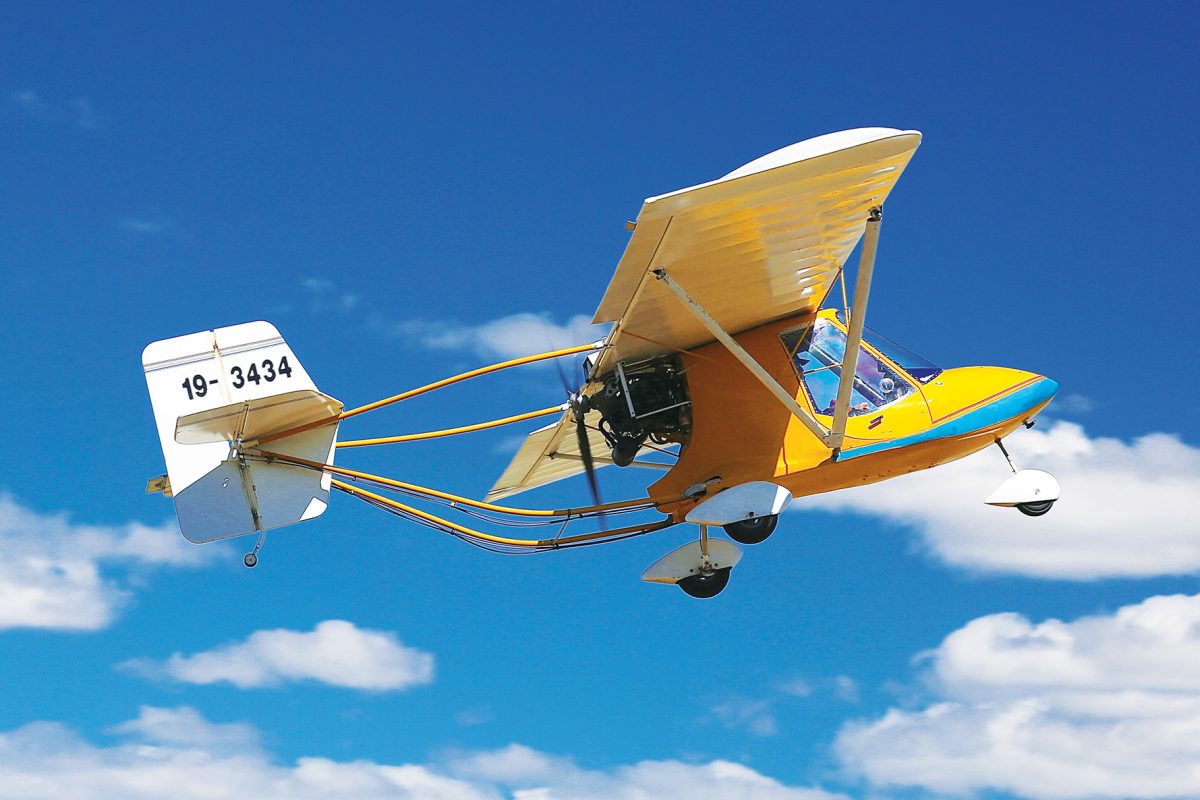Aviation maintenance is a critical aspect of flight safety. For RAAus members, understanding and performing pilot maintenance tasks is not just about compliance but also about ensuring the longevity and reliability of your aircraft.
The next version of the RAAus Technical Manual (V4.2) will permit pilots to carry out pilot maintenance tasks on aircraft used for flight training and/or hire, provided they have approval from the aircraft owner and are competent to do so. Previously, only an individual with a Level 2 or higher maintenance authority was permitted to carry out maintenance on such aircraft. This change has brought the ruleset in line with those for VH-registered aircraft.
UNDERSTANDING PILOT MAINTENANCE TASKS
Pilot maintenance tasks encompass a range of inspections and minor repairs that pilots can perform without needing an aircraft maintenance engineer. These tasks are designed to ensure that pilots are actively involved in the condition and upkeep of the aircraft they fly.
THE ROLE OF THE GENERAL COMPETENCY RULE
The principle of the General Competency Rule is that regulations allow a pilot with the necessary training and demonstrated competency to perform certain maintenance tasks on an aircraft. This rule emphasises the importance of competency over strict regulatory compliance, enabling a pilot to apply their skills and knowledge in maintaining their aircraft’s operational status.
However, just because the rule allows for certain maintenance tasks to be carried out does not mean that you should do so, unless you are competent. So, what are these tasks? And how can RAAus members skilfully execute them?
KEY PILOT MAINTENANCE TASKS
Let’s dive into some of the listed tasks that RAAus members can carry out under the General Competency Rule.
Pre-Flight Inspections: Every flight should begin with a thorough pre-flight inspection. This includes checking the airframe, engine and controls for any signs of wear, damage or other issues that could affect aircraft safety.
Oil and Fluid Checks: Regularly checking and topping up oil and other fluids is essential to maintain engine health and performance. Pilots should be familiar with the type of oil their engine requires and the correct levels to maintain.
Tyre Inspection and Pressure Adjustment: Ensuring that tyres are in good condition and properly inflated is crucial for safe take-offs and landings. Pilots should inspect tyres for wear and damage and adjust the pressure according to the manufacturer’s specifications.
Battery Maintenance: Batteries should be checked for correct type, secure mounting, clean terminals and adequate charge. A failing battery can lead to electrical system issues.
Replacing Bulbs: Lighting is vital for visibility and communication. Pilots can replace navigation, landing, and cockpit bulbs to ensure that all lights function correctly.
Spark Plug Cleaning and Gapping: Clean and properly gapped spark plugs are essential for efficient engine performance. Pilots can remove, clean, gap or replace spark plugs in accordance with the aircraft manufacturer’s instructions as part of regular maintenance.
Control Cable Tension Checks: Control cables should be inspected for fraying and checked for correct tension to ensure responsive and reliable control of the aircraft.
Safety Wire and Cotter Pin Replacement: These components are critical for securing parts of the aircraft. Pilots can replace damaged or missing safety wire and cotter pins to prevent parts from loosening during flight.
CARRYING OUT SCHEDULE 8 TASKS:
BEST PRACTICES
Performing these maintenance tasks requires not only technical knowledge but also a commitment to safety and precision. Here are some best practices for RAAus members undertaking pilot maintenance tasks.
Follow Manufacturer Guidelines: Always refer to the aircraft and component manufacturer’s maintenance manuals and approved data for specific instructions and recommendations.
Use the Right Tools: Employ the appropriate tools for each task to avoid causing damage to aircraft components. Ensure tools are correctly calibrated if required, within its calibration tolerance and test period. Calibration ensures the accuracy of tools, such as torque wrenches, used to maintain aircraft and aeronautical products.
Maintain Records: Log all maintenance activities in the aircraft logbook (and/or maintenance release or hours and maintenance record), including the date, details of the task, and the pilot’s name and RAAus membership number. This record-keeping is vital for regulatory compliance and future maintenance reference.
Seek Training: If unsure about any maintenance task, seek additional training or guidance from a qualified maintenance engineer.
Know Your Limits: While the General Competency Rule empowers pilots to perform certain tasks, it’s crucial to recognise the limits of your competency and knowledge. For complex issues or tasks beyond pilot maintenance, consult a Licensed Aircraft Maintenance Engineer (LAME), an RAAus L2 maintainer or RAAus itself at tech@raaus.com.au.
For RAAus members, the ability to be involved in the maintenance of aircraft is a privilege and a cornerstone of safe and enjoyable recreational flying. The pilot maintenance tasks, underpinned by the General Competency Rule, offer pilots the opportunity to apply their skills in a practical and meaningful way. By adhering to best practices and maintaining a commitment to safety, RAAus pilots can ensure their aircraft is maintained as the manufacturer intended and will be ready for flight.
